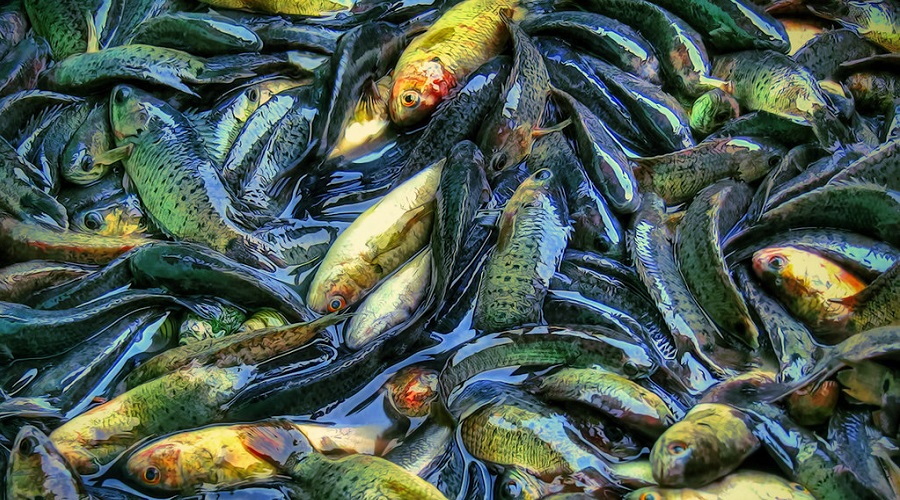
Reference photo by Kim Seng, Flickr.
Under the premise of finding out how much fish is left in our oceans since 1950, when industrial fishing operations began to spread to the world oceans, the Sea Around Us team together with the Sea Around Us – Indian Ocean, and the FishBase and SeaLifeBase teams assessed the status of over 2,500 fish and invertebrate populations exploited in the Exclusive Economic Zones of all maritime countries and the high seas.
The results of these assessments are now available on the Sea Around Us website, while the methodology behind this work can be found in a new Fisheries Centre Research Report.
“’Fish left’ is a compelling metric,” professor Jessica Meeuwig, from the Marine Futures Lab at the University of Western Australia, wrote in the foreword to the report. “The thought of populations being reduced to less than half within a human lifetime as a result of our activities is challenging.”
By applying the CMSY stock assessment method, the teams involved in this effort estimated the current biomass —the weight of a given population in the water— of each stock relative to its initial biomass, that is, the fraction currently left in the sea compared to what was there before the onset of large-scale industrial fishing.
CMSY is a computer-intensive methodology and it was applied using long catch time series – typically from 1950 to 2018, complemented in many cases by the results of earlier assessments carried out by national or international fisheries management bodies.
Performing this work was possible thanks to the recent refinements of the CMSY method, which allowed the teams to rigorously test it across data-rich and data-poor populations; the species-specific life-history parameters provided by FishBase and SeaLifeBase; and the reliable, spatially-allocated catch data the Sea Around Us has spent over two decades reconstructing and updating with the support of close to 400 researchers from all over the world.
“Thus, the evaluations of fisheries status presented herein are not defined by data scarcity; rather, we used all available data pertinent to the status of fisheries in all maritime countries to reduce the uncertainty inherent in all stock assessments,” the authors of the report pointed out. “Making this information freely available is key for future ocean management and conservation.”
Indeed, these assessments are already being used by the Flourishing Ocean Initiative of the Minderoo Foundation for their own review of global marine resources.
To access the stock assessments, visit the page of the EEZ you are interested in and click on the ME listed that overlaps with the chosen EEZ or visit the ME page, click on the EEZ listed that overlaps the chosen ME.

